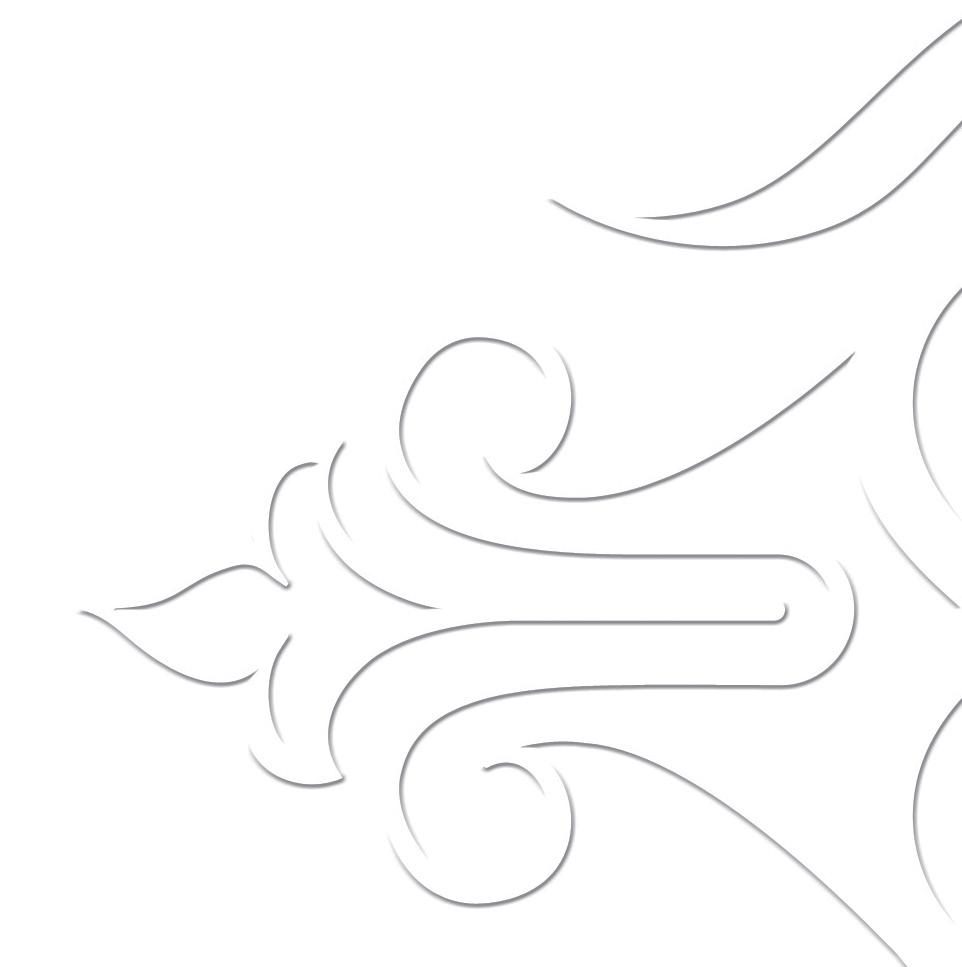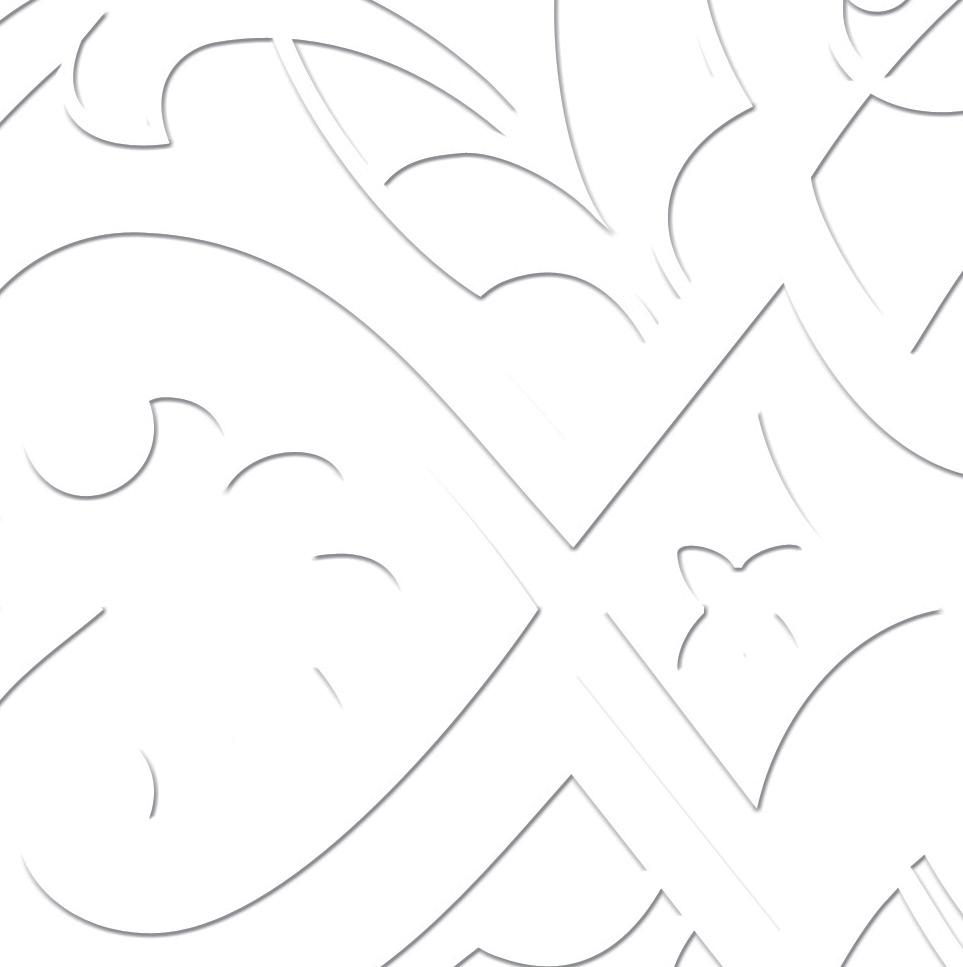SAUNDERS
Fletch for String Quartet
Score






ISSUU Version
For perusal only
ISSUU Version
For perusal only
REBECCA SAUNDERS
Fletch for String Quartet
(2012)
POD PETERS on demand
EDITION PETERS
ISSUU Version
For perusal only
REBECCA SAUNDERS
Fletch (2012)
n. (archery); the feather placed on the arrow, providing the arrow with the capacity of flight; the feathered vane towards the back of the arrow, used to stabilise during flight.
ME f. OF flech(i)er f. fleche arrow. OE -flycge , as in unflycge unfledged; Old High German flucki able to fly.
for the
Arditti String Quartet
ISSUU Version
For perusal only
Commissioned by ORF-Musikprotokoll Graz, the Wigmore Hall London with the support of André Hoffmann (President of Fondation Hoffmann), and by the Arditti Quartet with the kind support of the Ernst von Siemens Foundation for Music.
This is a furious ongoing exploration of a specific and extremely reduced palette of timbres and of a specific physical gesture.
ISSUU Version For perusal only
Enjoy the moments of respite from the furious ongoing energy, bringing out the warmth of tone and lyricism of line, and thereby emphasising the extreme contrast of sound material. Also bring out the melodic lines – ordinary tones and the double-harmonic glissandi lines – as well as the close difference tones.
From bar 362 onwards the violoncello’s leading line defines tempo. Quasi-melodic, exploring subtle shades of timbre. This final section is fragile and delicate, without rubato.
Tempi given are only guidelines. Interpretation and acoustic of performance space are key.
Important is a driven and flowing line, whereby rhythmic coherence and articulation of timbral contrast are clearly defined.
Fluctuations of tempi are necessary to maintain the extreme energy.
The slower tempi are principally defined by how the cello’s C-string reacts to the octave scordatura. (s. below)
Expand fermatas and resonance-like moments accordingly.
At all times playing pitch is given in score and parts. At key moments the string or harmonic node is also given for additional and exact clarification.
Each instrument has a single quarter-tone scordatura (see bar 1) for main body of work.
Further scordatura IV-string in violin 1, 2 and viola from bar 321 onwards: sounding a 5th lower (vn 1), an augmented 4th lower (vn 2), and a 3rd lower (va).
In addition, violoncello scordatura IV throughout sounding an octave lower. This significant scordatura alters timbre and playing possiblities: an attack at f / ff is naturally delayed due to low tension of string; f / ff also changes pitch of string significantly; an increase of bow speed at louder dynamics is necessary.
Vc: C-string should experiment with speed of bow and bow contact points – a C-string lyrical line – enjoy! Since the scordatura of IV is naturally quieter, all players need to consider overall balance carefully.
fl. Sul tasto extreme flautando bow stroke well over fingerboard, as near to half-way node as possible; hollow, floating, beautiful.
s.p. Sul pont: pp / ppp bring out overtones. f / ff sound towards distortion.
½-s.p. Sul pont colouring, but actual written tone heard clearly. sp+ or + Sul pont extreme: complete distortion.
Continuous and even transition from one timbre to the next.
flaut flautando. Glissando. Glissando to top or bottom of string.
p vib Poco vibrato.
s v Senza vibrato.
m vib Molto vibrato.
accents are always biting, hard-edged.
ISSUU Version For perusal only
Shows which harmonic of open-string spectrum on given string – e.g. 5th harmonic, B, on open G, as opposed to the finger playing position of the basic sound material.
Unspecific and high harmonics.
Gradually from ord. tone to harmonic; gradually releasing finger pressure.
This elemental sound or gesture is explored in the string quartet.
It’s purest form is an up-bow double-harmonic trill moving towards sul pont, with a fast and smooth glissando.
It is immediate and present, but also unstable and unpredictable. Freeze-frame, hold still, between the gestures e.g. during rests in bar 2 and 3.
The double-harmonic trills are always extremely fast and regular, whether ff or pp, direct subito ff or gradually surfacing from, or into, silence. Alternate upper and lower trilling fingers (1st/2nd with 2nd/3rd).
Imagine the bow merely reveals an almost mechanical manic trilling sound, which lies hidden beneath the surface of silence.
Varying degrees of sul pont explore possible layers of overtones. Play where possible with fast and fluid up-bow gesture. The fingered harmonics trace a quasi-melodic line – bring out relative differentiation of pitch, tracing this line up and down the strings.
Glissandi are very fluid. In fastest sections, e.g. bar 163 onwards, the glissandi are so fast, flowing and continous that I do not give the exact trilling harmonics. Play these trills with 2nd or 3rd finger sounding highest partials possible.
The short-note interjections of ordinary single tones, open strings, and chords, trace a second and clear melodic line stretched through the piece.
The harmonic nodes or contact points to be played are given in the part/score.
The chart below shows actual sounding pitches of some the harmonics. Exact pitches are not critical, and it should be added that addition of sul pont creates additional layers of overtones.
14-15 minutes
ISSUU Version For perusal only
RS, Berlin June 2012

ISSUU Version
For perusal only



ISSUU Version
For perusal only
ISSUU Version
For perusal only
ISSUU Version
For perusal only
ISSUU Version
For perusal only
ISSUU Version
For perusal only
ISSUU Version
For perusal only
ISSUU Version
For perusal only
ISSUU Version
For perusal only
ISSUU Version
For perusal only
ISSUU Version
For perusal only
ISSUU Version
For perusal only
ISSUU Version
For perusal only
ISSUU Version
For perusal only
ISSUU Version
For perusal only
ISSUU Version
For perusal only
ISSUU Version
For perusal only
ISSUU Version
For perusal only
ISSUU Version
For perusal only
ISSUU Version
For perusal only
ISSUU Version
For perusal only
ISSUU Version
For perusal only
ISSUU Version
For perusal only
ISSUU Version
For perusal only
ISSUU Version
For perusal only
ISSUU Version
For perusal only

ISSUU Version
For perusal only
ISSUU Version
For perusal only

Rebecca Saunders
Rebecca Saunders studied with Wolfgang Rihm at the Musikhochschule in Karlsruhe, Germany, and for a PhD in Composition with Nigel Osborne at Edinburgh University. She lives in Berlin. Saunders’ composition prizes include the 1996 Ernst von Siemens Komponisten-Förderpreis and the 2008 Royal Philharmonic Society Composition Award for Chamber Music. Her works have been performed at festivals including the Huddersfield Festival, the Berlin Biennale and the Darmstadt Ferienkurse. In 2009 she became a member of the Berlin Academy of Arts. Saunders’ works include chroma, for chamber groups distributed throughout the performance space, albescere, written for Ensemble Modern and the Neue Vocalsolisten Stuttgart, and a double concerto for trumpet, percussion and orchestra.
Rebecca Saunders studierte Komposition bei Wolfgang Rihm an der Musikhochschule Karlsruhe und promovierte an der Universität Edinburgh bei Nigel Osborne. Sie lebt in Berlin. Saunders erhielt unter anderem den Komponisten-Förderpreis 1996 der Ernst-von-Siemens-Musikstiftung sowie den Royal Philharmonic Society Composition Award 2008 in der Kategorie Kammermusik. Ihre Werke erklangen bei zahlreichen Festivals wie dem Huddersfield Festival, der Berlin-Biennale und den Darmstädter Ferienkursen. 2009 wurde sie zum Mitglied der Berliner Akademie der Künste ernannt. Zu ihren Werken zählen chroma für im Raum verteilte Kammergruppen, albescere (entstanden für das Ensemble Modern und die Neuen Vocalsolisten Stuttgart) sowie ein Doppelkonzert für Trompete, Schlagzeug und Orchester.
